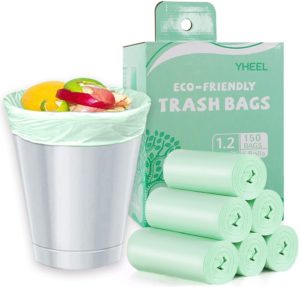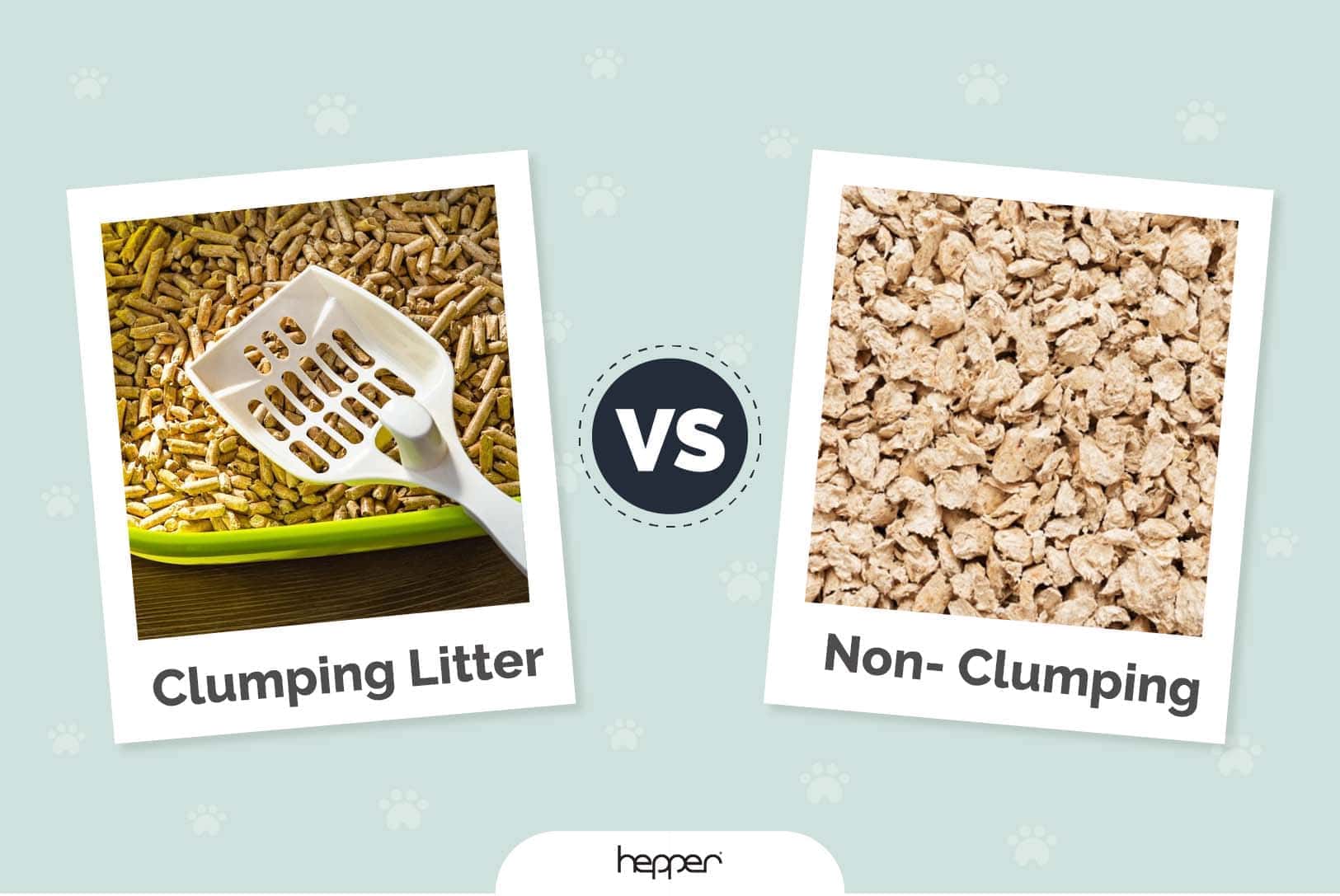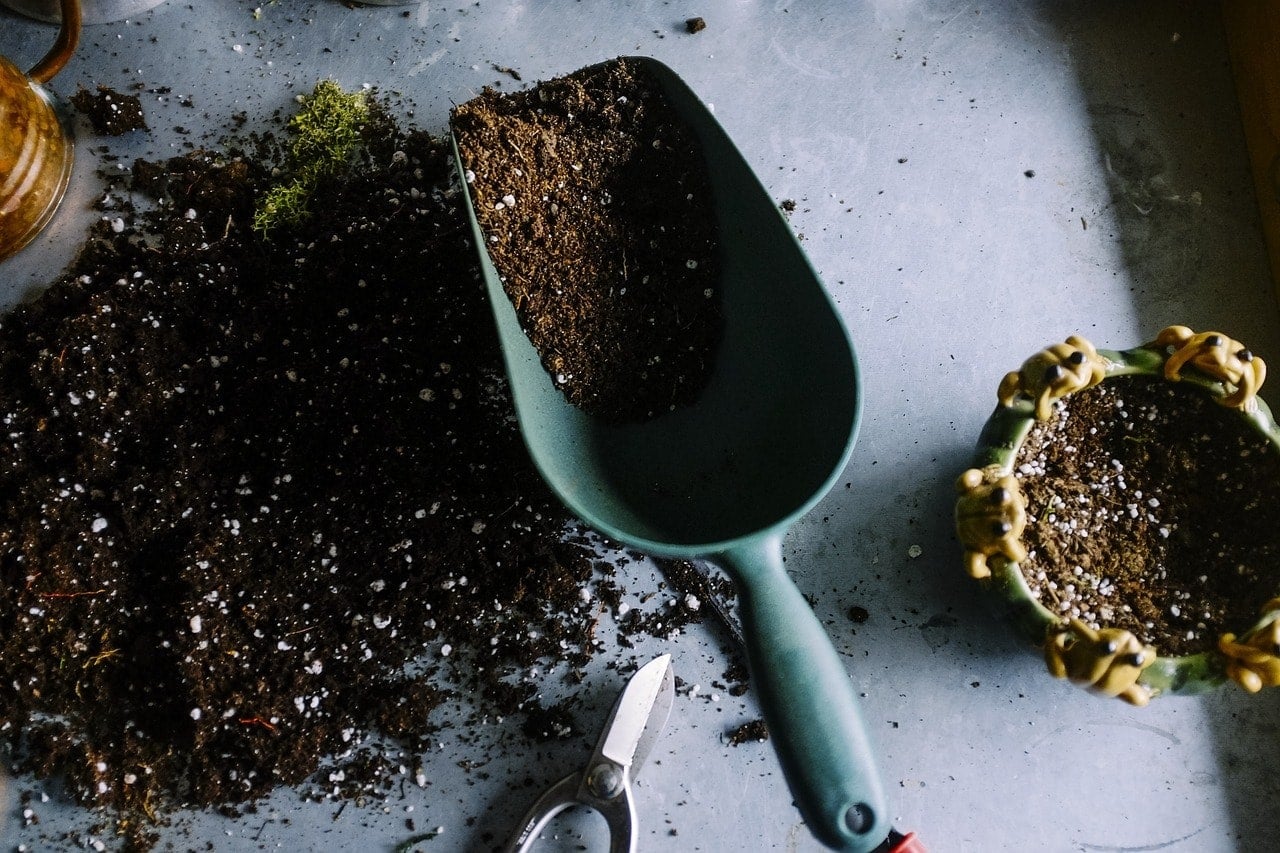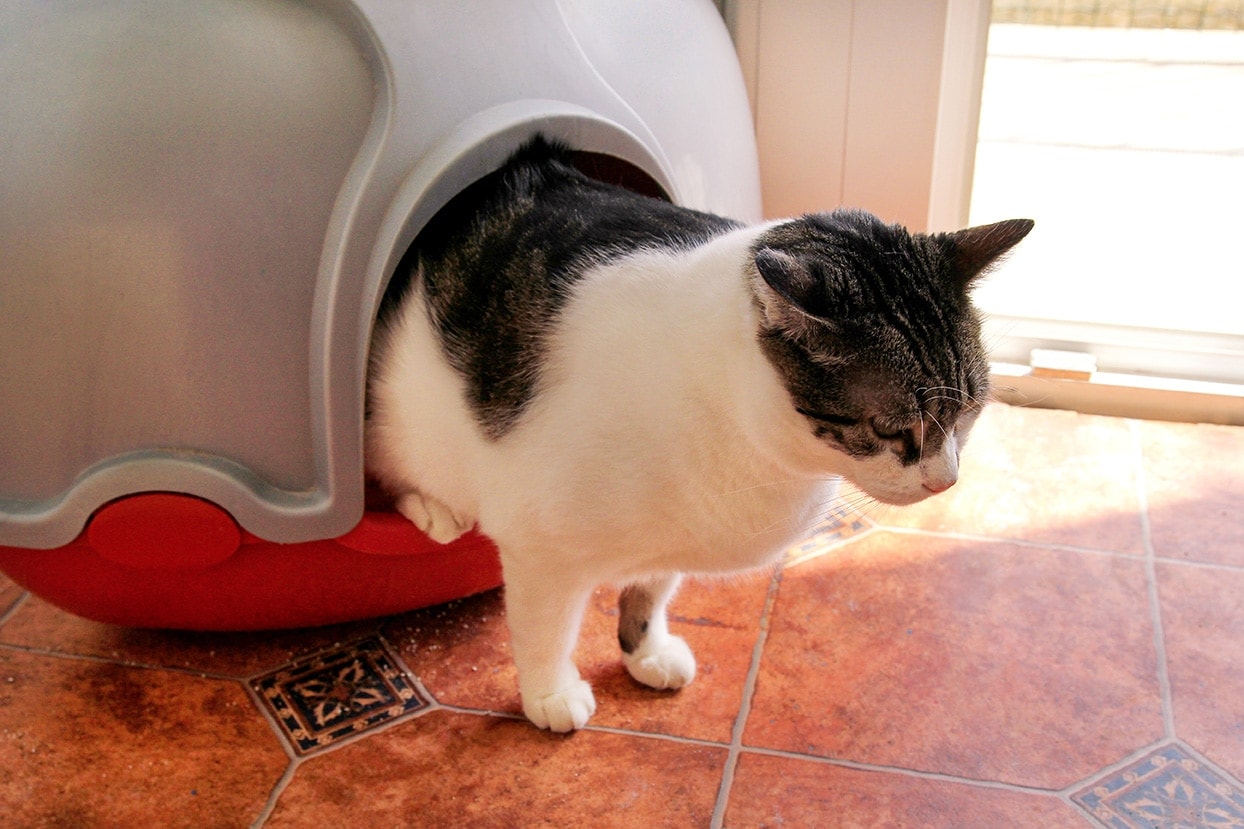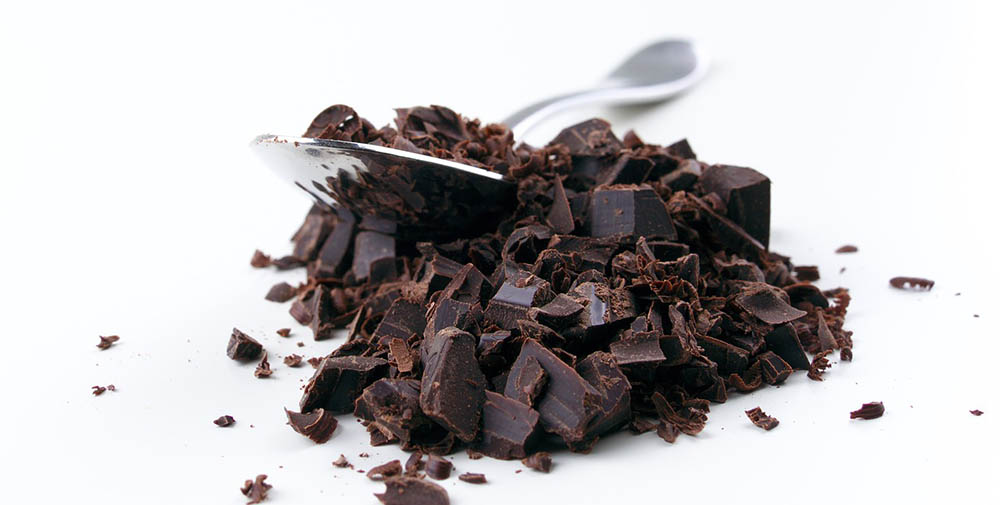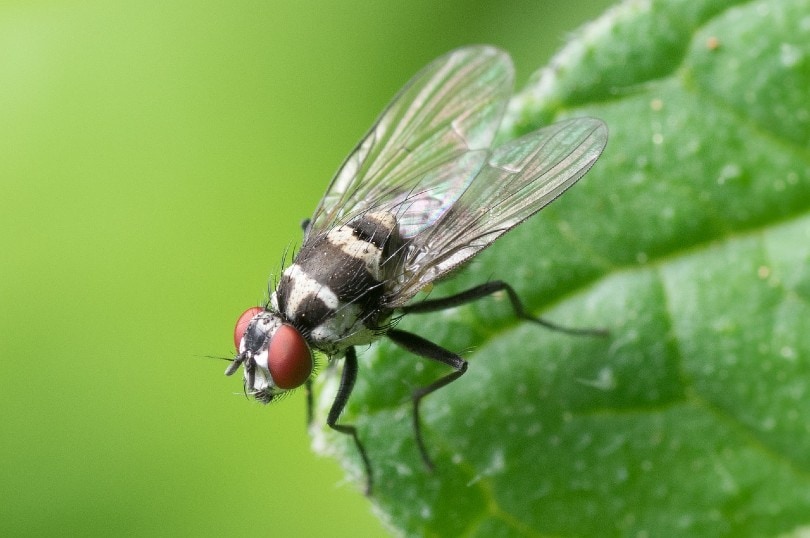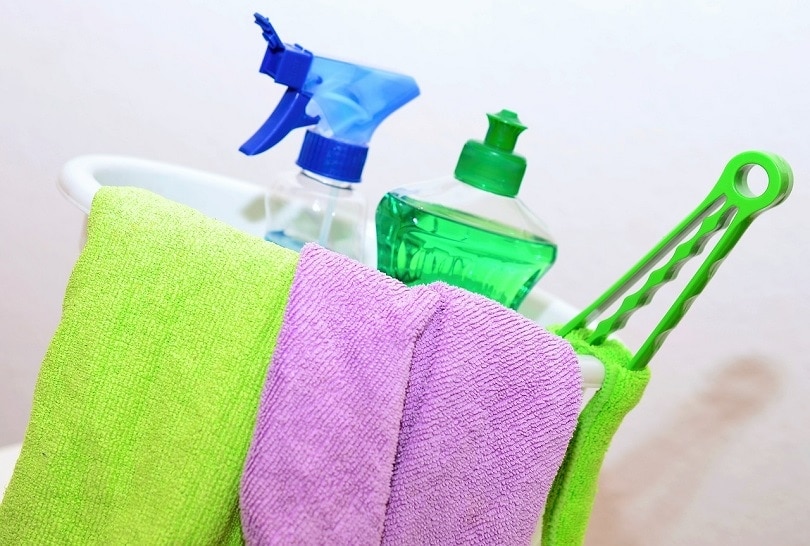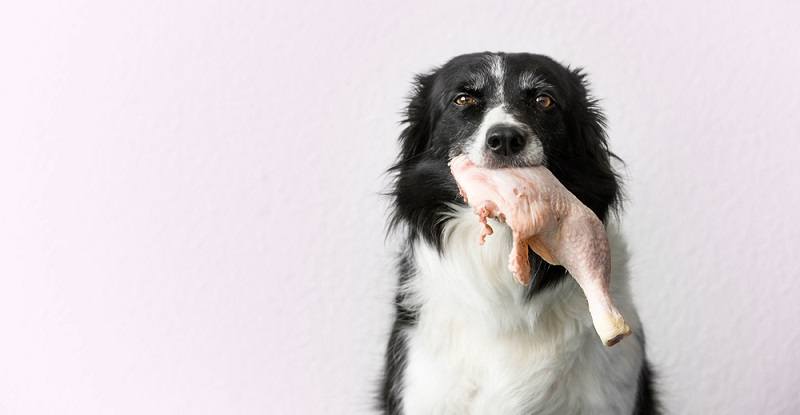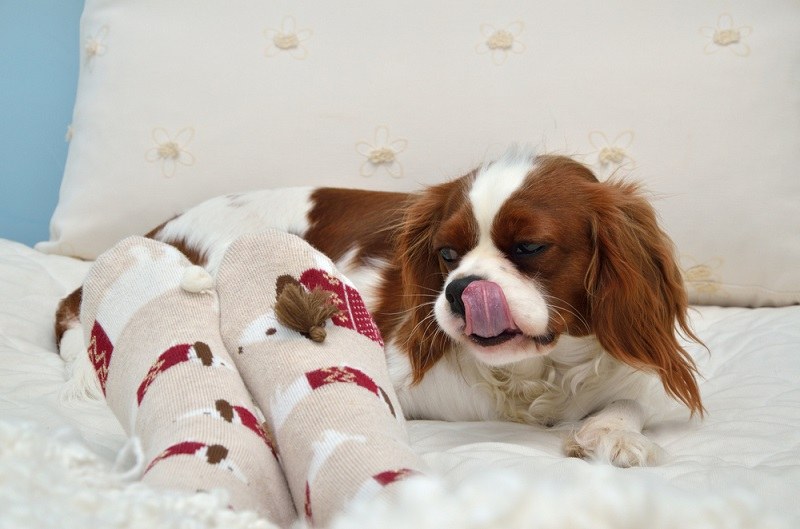Wie entsorgt man Katzenstreu? Die 4 einfachsten und effektivsten Methoden

Zuletzt aktualisiert
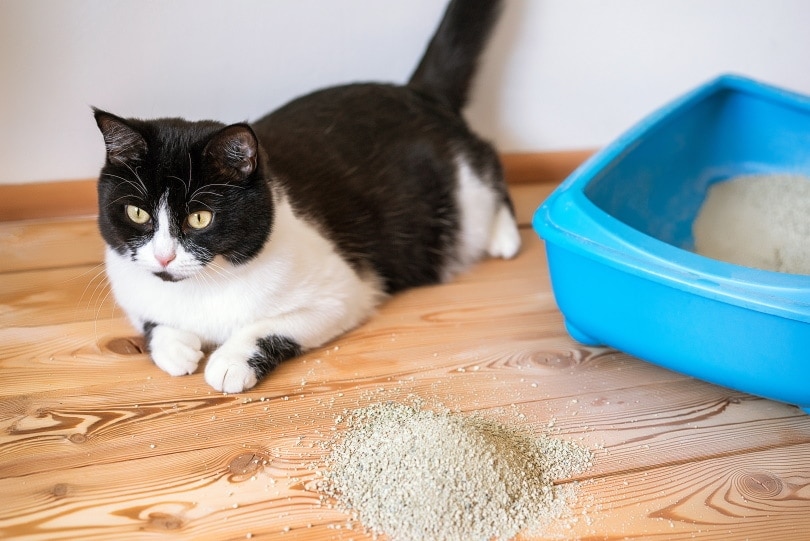
Part of responsible cat training is knowing how to properly dispose of cat litter . But what do you do with used cat litter?
Not only is it your duty to buy your cat the litter she likes, improper disposal can have a negative impact on the environment.
Piles of non-biodegradable waste in landfills, clogged drains and polluted water bodies are just some of the major problems caused by improperly disposed of cat litter.
So what is the best way to dispose of cat litter? We explain simple actions that can make a big difference in cat litter disposal.
1. Using a trash can to dispose of cat litter
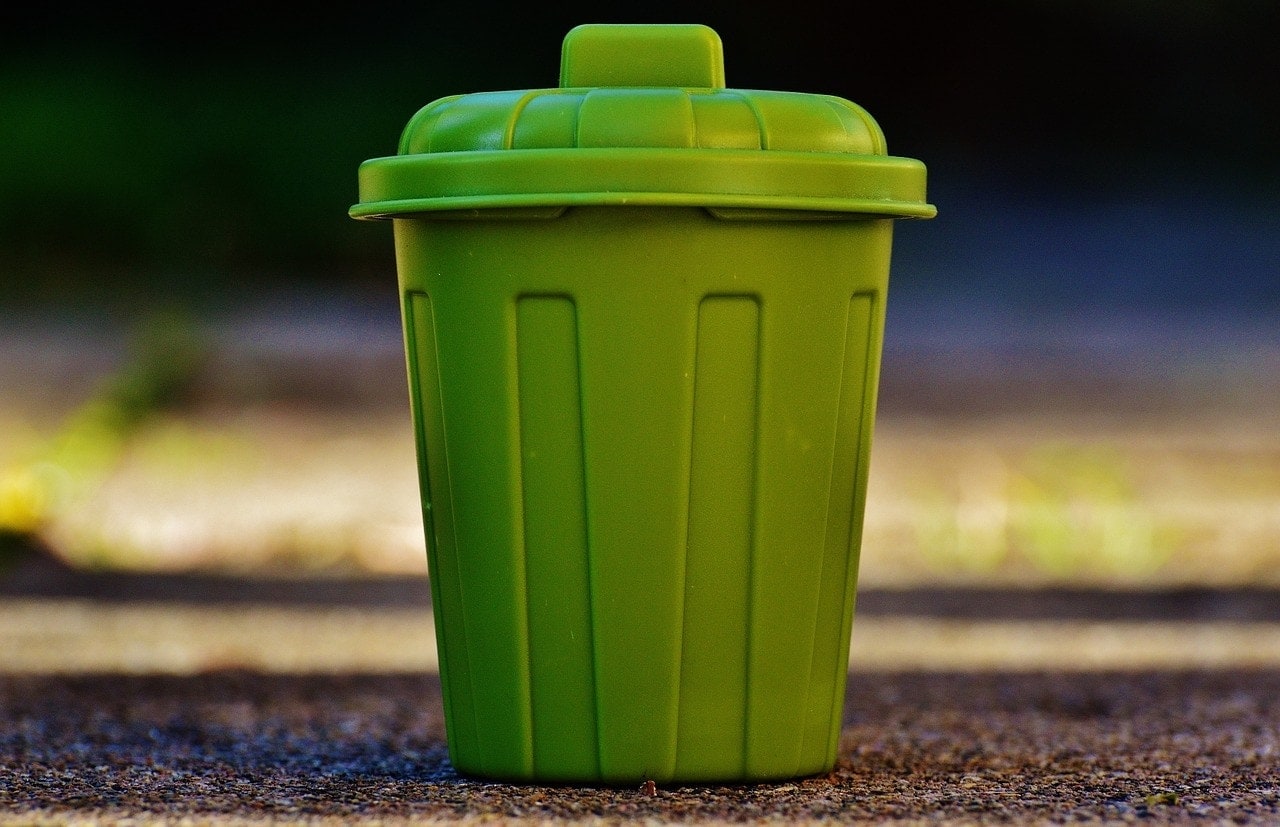
One of the most common methods of disposal is using a trash can. Most communities already have a system for proper waste sorting in place, so this method can be considered safe and responsible. Before throwing a bag of used cat litter in the trash, we recommend a few preliminary steps.
Buy heavy-duty cat litter bags
One thing you want to avoid is a ripped garbage bag and spilled kitty litter. The best way to avoid such accidents is to get durable garbage bags, which is especially important if you use clay cat litter. Clay-based cat litter is quite dense, so it can easily expand and rip through a regular trash bag.
If you can’t afford heavy garbage bags, or prefer to use the bags you have on hand, consider doubling them up. This gives extra support when carrying a compact litter.
If you have multiple cats sharing a litter box or litter boxes, it’s still worth using a thick garbage bag or doubling up on thinner bags, as the total volume of litter you’ll be disposing of will be much larger.
Place a trash bag in the trash can before adding the litter
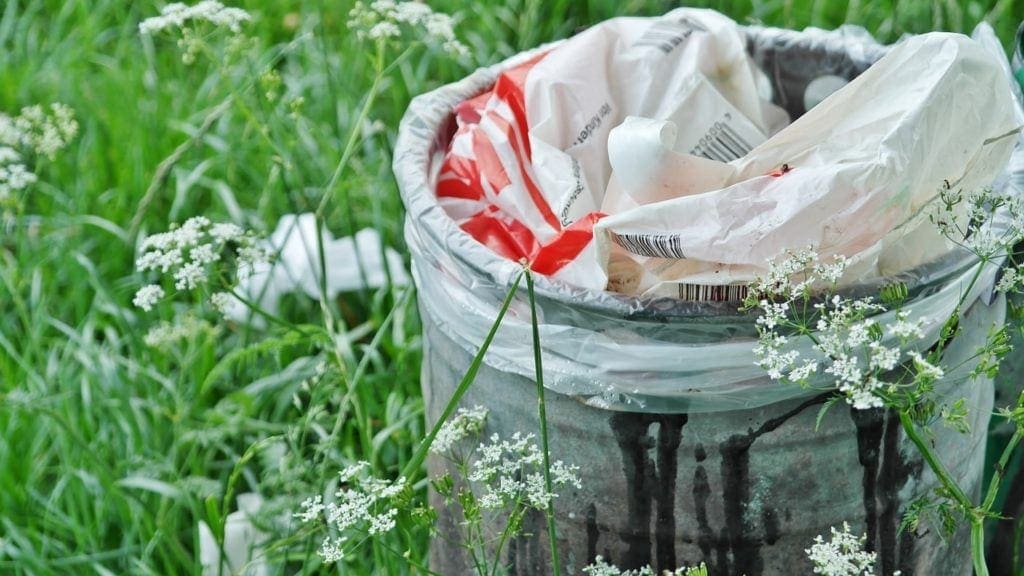
You’ve probably tried holding a garbage bag with one hand and pouring the bedding in with the other hand without spilling it, which usually leads to another mess that needs cleaning up. A quick and easy solution would be to purchase a dedicated waste bin. Place your garbage bag in the bucket so you have both hands free to put the litter in the bag. The container provides stability and keeps the bag wide open. You should be able to make a smooth transition without fear of unnecessary and unsanitary spills. Just tie the pouch before you pick it up and that’s it!
Use a separate waste bag for cat litter
For hygiene reasons, we recommend that you buy a separate bin for the used litter. While you are free to mix the bedding with organic waste (manure or other compostable matter), this eliminates the thought of reusing your organic waste or compost in other areas, e.g. B. when gardening, nullified.
In most cases, litter can be considered toxic waste as it is typically not compostable or even biodegradable. In this way, you make it easier for garbage collectors to properly separate the waste and weed out those that are potentially harmful to people and the environment.
Use a new garbage bag each time
Each time you’ve disposed of a whole batch of used bedding (complete bedding change, not the daily scoops!), you should tie your bag shut, remove it from the bin, and start a new bag for the next round of scooping. This helps with odor control and ensures the bin liner doesn’t get ripped open by the inevitable heavyweight.
As a side note, don’t leave used kitty litter or daily scoop scraps unsealed in a trash bag for too long either. Regular disposal helps maintain a hygienic and fresh environment and prevents new bacteria from forming in the contaminated litter. If you don’t follow these measures, you run the risk of houseflies and bad smells spreading through your home.

2. Compost cat litter
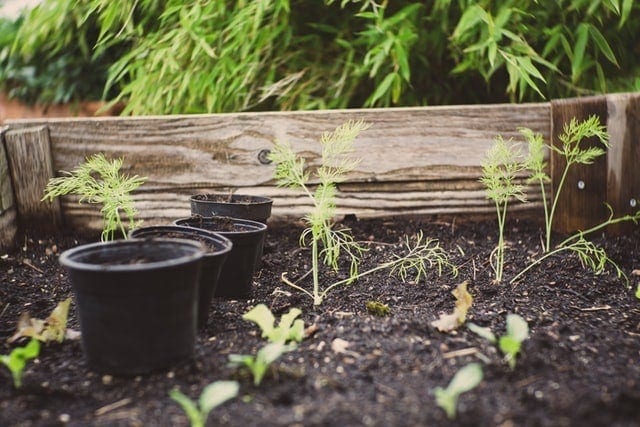
Let’s take a closer look at composting! Composting cat litter is not always the solution as most cat litters are not made from biodegradable materials. However, when buying cat litter, you can look for brands that claim they are compostable or made from organic materials.
In case you are unfamiliar with composting, this process converts organic matter into nutrient-rich soil. Instead of throwing this bedding in the trash, you can process it in the compost and eventually turn it into fertilizer.
When you choose biodegradable and compostable litter, you contribute to a greener environment. If you decide to use biodegradable litter, you can also use a natural fertilizer and avoid using chemically contaminated commercial products. A win-win situation!
Again, you can only compost “compostable” bedding. Clay and quartz crystal based litter is not biodegradable so there is no point in throwing it out with the brown and green waste from the garden as it cannot decompose.
So what are compostable cat litter types? The most common are those made from wheat, corn, wood, and other natural and organic materials.
How to compost cat litter
Is there a way to dispose of cat litter in an environmentally friendly way? There are two methods that have become established and are the most popular in homes: the bucket method and in-ground composting.
Bucket method of composting
Of course, for the bucket method you need a bucket or barrel. It is usually quite easy to use; You can even recycle an old bucket and pour the bedding in along with other composting materials. You can also buy a special compost bin, e.g. B. a compost tumbler so you can easily mix in the compost ingredients without turning them over by hand.
One downside to using buckets is that only a small amount of material can be composted at a time. If you only have one cat, this might not be a big problem.
composting in the ground
An in-ground compost pit gives you a wider and even deeper surface to work with. It can pick up and process more waste at once. The only real problem is choosing the location for the compost pit. It should not be near a water source, otherwise the runoff and leaching of the compost can contaminate your water.
3. How to dispose of cat litter without a plastic bag
If you pick up the soiled litter from the litter box, use a biodegradable garbage bag or paper bag for litter disposal. This way you can toss the bag yourself in the compost bin instead of opening and emptying the bag to dispose of the bedding and trash.
How to dispose of certain types of cat litter
There are ideal disposal methods for the different types of cat litter. Let’s look at how to dispose of the different types of cat litter.
Flush cat litter made from recycled newspaper with care
Cat litter made from recycled newspaper is an environmentally friendly option in and of itself. It’s made from recycled paper, so it doesn’t pollute the environment. The most convenient way to dispose of this litter is to take it with you to the weekly garbage pickup. It is biodegradable and no landfill concern.
Recycled newspaper doesn’t degrade like toilet paper, so flushing it down isn’t an ideal option for the plumbing and sewage system. Although some brands advertise that their paper litter can be flushed down, use caution when choosing this method and be prepared to pay for clogged pipes.
Perhaps it’s best to switch the paper litter over to composting since it’s biodegradable anyway. Enjoy the homemade (and basically free) fertilizer!
Scoop up clumping clay litter and discard

Shoveling and bagging with heavy duty or double sacks is the only correct way to dispose of clumped clay litter as it does not decompose.
Here’s how to properly dispose of clay litter:
Clay litter tends to produce noxious dust that becomes airborne when cleaning or scooping the litter box. As an extra precaution, wear a mask to avoid inhaling this potentially harmful clay dust.
Silica clumping litter for scooping up and disposal
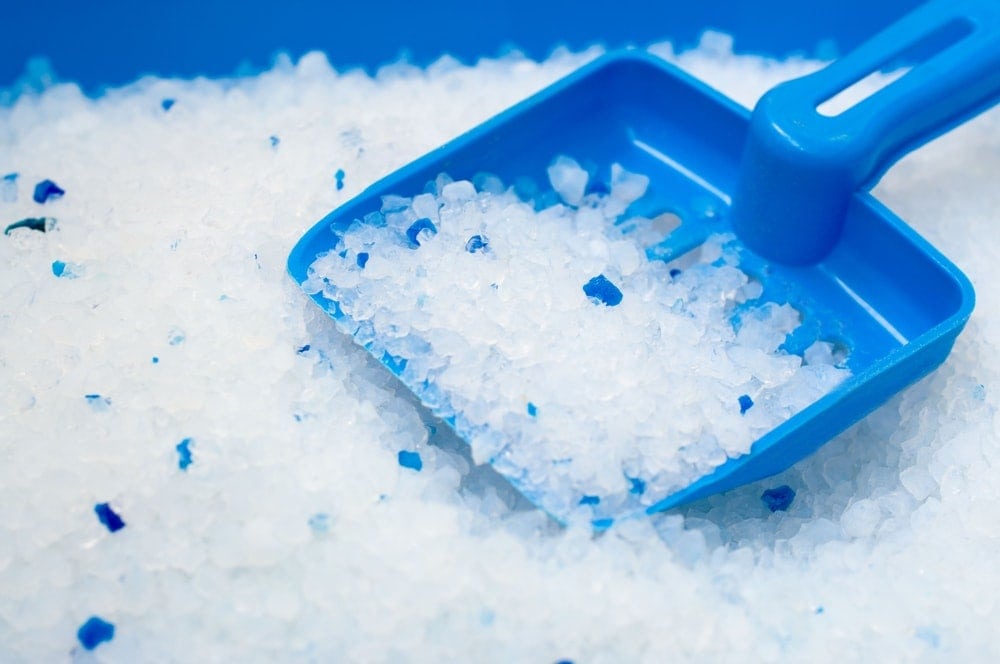
The disposal method for silica or crystal litter is the same as for clay litter. For disposal, simply follow the same steps we outlined above for clumping clay litter.
Luckily, a clumping silica litter doesn’t create as much dust during cleaning as clay litter does. However, inhaling or ingesting silica clumping dust can lead to potential health problems. So it’s best to wear a mask when cleaning a Crystal Clumping Litter.
4. Flushing down cat feces
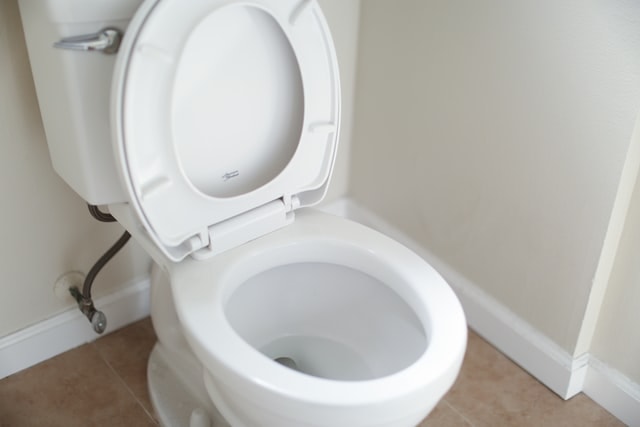
How convenient would it be to just flush your cat’s solid waste down the toilet? While this may be the easiest method, we don’t recommend it unless the brand is certified flushable and you’ve checked with your local authority about any flushing bans.
As a side note, flushing unauthorized waste down the toilet can contaminate your waterways and even cause clogs in your pipes that can be expensive to clean up.
Before you decide to use this method, you should familiarize yourself with the type of waste that can be washed down.
You can flush down wheat and corn litter
While wheat and corn litter have some natural clumping ability, they are not as effective as clay, silica, or newspaper litter. Because of this, many pet owners find it less risky to flush down wheat and corn bedding.
There are several types of corn and wheat based bedding that you can safely flush down the toilet. As a general rule, you should only flush a few clumps at a time. Never pour an entire load down the toilet as this increases the risk of a clogged drain.
You can flush down pine litter
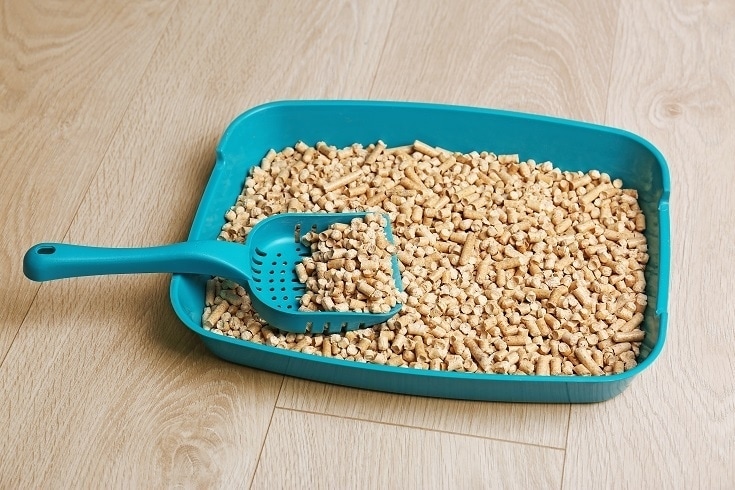
Another flushable and biodegradable option is pine litter, which is made from pine wood. The great thing about this litter is that it can bind well with your cat’s waste. In addition, it does not clump and dissolves very easily.
Because of this, pine litter is safe for flushing.
While it’s not as absorbent as clay litter (so you may need to clean the litter box more often), it’s praised by many cat parents for its eco-friendliness and easy disposal.
Do not flush clumping litter down the toilet

Standard clumping litter should never be dumped and flushed down the toilet . Standard clumping litter refers specifically to silica/crystal and clay clumping litters.
Both silica and clay clumping litter have excellent absorbency, so they are excellent at keeping the litter box dry and trapping odors in the internal structure of their particles. However, this high absorbency is not beneficial when they come into contact with the water in the toilet bowl and pipes. The clumps of clay and silica can swell up and cause annoying clogs in the plumbing.
It is best to dispose of clay and silicate litter in a bag and throw them in the trash can. Never flush down.
conclusion
It’s important to realize that proper cat litter disposal is just as important as choosing the right product. If all else fails, you can also train your cat to use the toilet. Here are a few helpful tips to keep in mind!
Now that you’ve learned how to dispose of cat litter responsibly based on its species, you can do your part to make the world a greener place! If you have any questions or testimonials about disposing of cat litter, please feel free to leave a comment below. stay responsible!
Photo credit for article image: Tanya Plotnikova, Shutterstock


